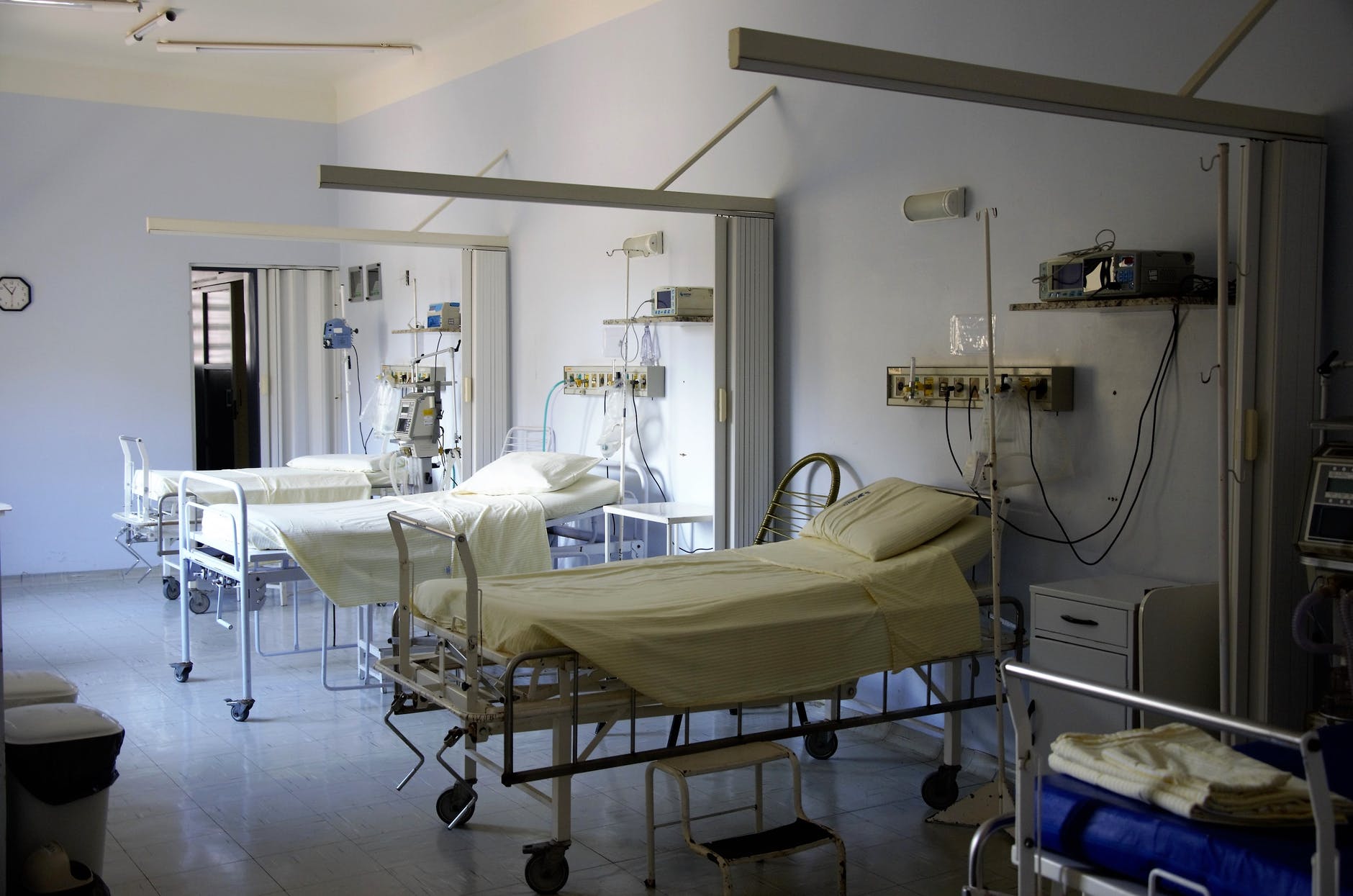Whether after an adventurous night that went wrong or a familiar meal with some inferior ingredients, food poisoning can even occur suddenly without warning. For the most part, food poisoning is mild and only lasts a day or two.
However, there are times when your unfortunate meal may be hiding something more serious like salmonella, cholera, and listeria. So while you can spend maybe a few dollars to treat it at home, how much will you spend once you get hospitalized? Read on to learn the average cost of treating food poisoning and the best ways to avoid food poisoning in the first place.
How common is food poisoning in Singapore?
Food poisoning is actually quite common in Singapore, largely because food poisoning is difficult to avoid completely and it is possible to get sick from common foods like milk, cheese, vegetables, and meat.
In fact, between 2012 and 2020, polyclinics had an average of 495 daily cases of acute diarrhea per week (the most common symptom of food poisoning). In addition, there was also an average of 44,003 cases of campylobacteriosis and salmonellosis per year between 2012 and 2020.
Cost of Food Poisoning Treatment
Food poisoning treatment in Singapore is cheaper than most other diseases that need treatment. In most cases, food poisoning can be resolved at home with hydration and over-the-counter medications. However, in some cases you may need to go to a polyclinic or hospital for treatment. If you choose to visit a clinic, you can expect $ 20 to $ 120 for a consultation.
On the flip side, the average hospital visit to treat gastroenteritis (either from stomach flu or food poisoning) costs only $ 121 to $ 452 for a simple, straightforward daytime surgery, but can increase to an average of $ 10,782 if you have severe complications and opt for treatment in a private hospital.
Home treatment is relatively cheap and easy. Treatment involves drinking small sips of water, avoiding food for a few hours, and slowly turning back to dairy, caffeine, fatty, or spicy foods when you feel better.
You can buy electrolyte powder for rehydration from pharmacies for about $ 10, or you can buy drugs for diarrhea from the pharmacy. However, you should note that if you have a fever, blood or mucus in your stool, or vomit, you should seek medical treatment rather than self-medication.
How to avoid food poisoning

While it’s impossible to completely avoid food poisoning, there are many things you can do to reduce your risk of ingesting contaminated food. Risk prevention usually starts in two places: in your home and outside of it. To reduce the risk of food poisoning in your home, maintain hygiene in your home and wash your hands frequently.
You should also store and prepare your food properly, which means avoiding mixing raw and cooked food, safely thawing food, and storing your food in suitable conditions (five degrees Celsius or lower). In addition, you should consume your leftovers within two days and avoid eating foods after the expiration date.
In order to avoid food poisoning outside your home, you should avoid drinking from untreated waters (streams, rivers, lakes, etc.), consuming unregulated foods (beware of unhygienic street food!), Eating raw vegetables when traveling to countries with lax Food regulations and watch out for bad tap water and dirty ice cubes. If you can get catering, it is best to eat the food right away.
Save health costs

Since healthcare can be expensive, it is important to find ways to reduce costs. In addition to reducing the risk of illness, there are other things you can do if you want cheaper medical bills. For example, having your Medishield Life coverage can largely offset the cost of a hospital visit to treat gastroenteritis.
This article was first published in ValueChampion.

